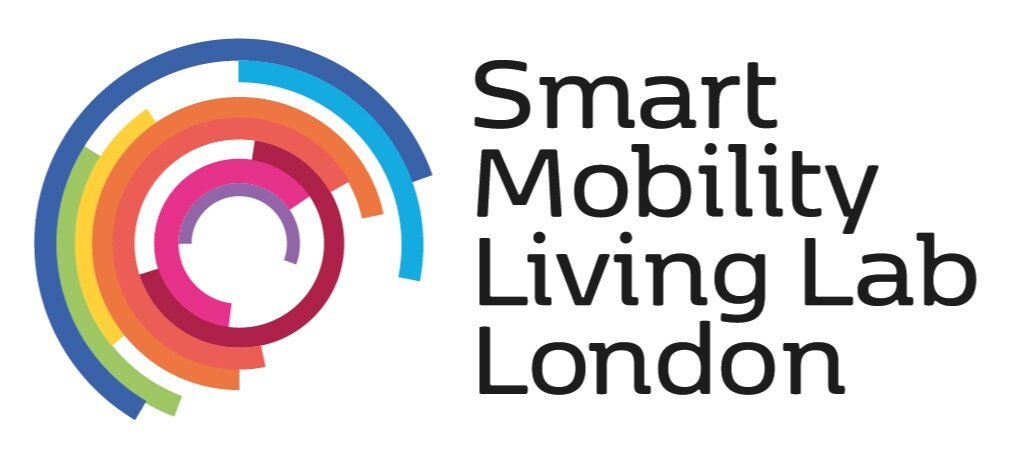BRINGING #JOURNEYMAKERS TOGETHER TO DISCUSS THE FUTURE OF MOBILITY
By RICHARD CUERDEN, TECHNICAL DIRECTOR, SMLL
JUST 18 MONTHS
That’s how far we are from 2021 – when the government committed to bringing self-driving cars onto our roads.
It’s hard to overstate how different our transport system – and our country – will look in a decade’s time.
For context, it’s only been 12 years since the launch of the first iPhone, and think how smartphones have transformed our business and culture today.
We’re going to see an awful lot of new technologies developed in the next decade or so, and a whole raft of new mobility services with it.
But there are many unanswered questions about how that technology will work. How do we ensure these innovations meet demanding societal requirements, are relevant to our urban transport systems – and avoid unintended consequences?
These questions are too big for anyone to address alone.
That’s why we brought together a whole host of collaborators at our #JourneyMakers Panel, to work out what the future of mobility might look like – and how we can get there.
THE BIG QUESTIONS ABOUT THE FUTURE OF TRANSPORT
Our first panel of the day discussed the future of transport and the impact that it will have on what our cities look, sound and even smell like.
Our panellists had a wide range of hopes and expectations, starting with the environment. More efficient vehicle designs and more sustainable fuels could create less pollution in our city centres.
New materials are set to change both the interior and exterior of vehicles. We could be travelling in cars made from biocomposites like hemp.
And with the development of self-driving technologies, passengers could have arm chairs, beds and even showers in their vehicles, transforming the driving experience completely.
At the same time, public transport could become more important, as we continue the move to a sharing economy that’s already ongoing.
All of this has huge potential for our landscapes. Autonomous vehicles will reduce the need for car parks, creating more potential for green spaces.
Our first panel session agreed that new technologies offer the opportunity to address some of the biggest challenges in transport, from congestion and pollution to safety.
But with so many technologies – and solutions – on the horizon, how do we work out what will be best in practice?
Watch our first panel:
REAL WORLD TESTING IN LONDON
Our second panel session discussed the work of our smart mobility living lab (SMLL) is doing to bring connected autonomous vehicles (CAVs) to London.
SMLL is a co-innovation project led by my team at the Transport Research Laboratory (TRL), with a consortium of talented partners.
Together, we’re building a real world connected environment, right here in London, for testing and developing future mobility solutions. It’s a place where innovative ideas to move people and goods can come to life.
That’s because we believe that for mobility businesses to be successful, they need to evaluate their services in the real world.
Our panel highlighted some of the issues that members of our consortium are exploring, such as safety.
We have to understand how autonomous cars will react with other road users, to ensure we have safe routes, safe vehicles and safe operations. And that means putting safety at the heart of the design of the future.
Regulation is also important. New transport solutions could positively impact many aspects of urban life – but we’ll need policy to keep up with innovation to make this happen.
As SMLL is based in Stratford and Greenwich, we also touched on the value of testing mobility solutions in London. Not only is London a global centre of innovation, it’s Europe’s only megacity – and one of the few places in the world where it’s possible to test in such varied conditions.
The consensus was clear: only through real world testing can we ensure mobility solutions are commercially viable – working in real solutions, for real people.
Watch our second panel:
MORE THAN THE SUM OF OUR PARTS
Everyone at #JourneyMakers was genuinely excited about the potential for connected and autonomous vehicles to revolutionise our transport landscape.
But it’s also clear that mobility in urban spaces is complex and multi-factored – and technology alone is not enough.
If there was one conclusion from our event, it was that the future of transport is too complex to tackle in isolation. We will only get there by working together.
That means a holistic and harmonised approach with everyone from vehicle manufacturers and technology developers to policy makers and planners – all based on real world testing.
Collaboration can be really difficult. But the consortium we’ve assembled at SMLL is far greater than the sum of its parts and we’re proving how to work together successfully every day.
Our #JourneyMakers event was a great start, but now we want as many people as possible to join us on this journey.
We’re committed to delivering a future where mobility is safer, cleaner and easier for all – and it’s only through partnership that we’ll get there.
Watch the full #JourneyMakers event:
